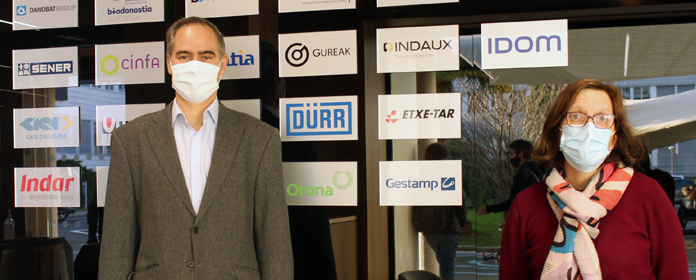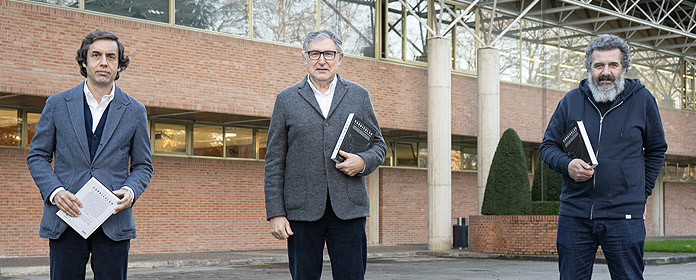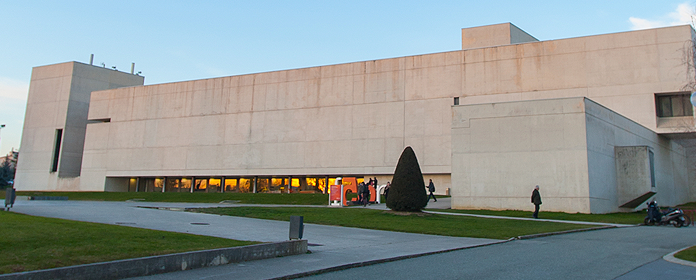Do we always choose the highest value option? An ICS publication on decision making disproves it.
The study has been published in one of the most prestigious journals in the field of 'Behavioral Sciences'.

PHOTO: Manuel Castells
The Institute for Culture and Society (ICS), the Clínica Universidad de Navarra (CUN) and the School of Education and Psychology of the University of Navarra have published the study 'Neural correlates of effort-based behavioral inconsistency' in the journal Cortex, the fifth most prestigious journal in the field of 'Behavioral Sciences'.
This study has measured inconsistency when making a difficult decision. According to Javier Bernácer, one of the authors of the publication and researcher of group 'Mind-brain' of the ICS, we are inconsistent when "we consider the same decision (with an option A and B) several times and sometimes we choose A and other times B". An example might be a person who goes to cafeteria every day and sometimes drinks coffee and sometimes chamomile tea.
From agreement with the theory of ' Value-based Decision Making', human beings always choose the most advantageous option when faced with two choices. However, "if you are inconsistent, sometimes you choose the one with the higher value and sometimes the one with the lower value," he notes.
In this way, the researchers have encountered a contradiction. "You are supposed to be valuing in the same way but why do you sometimes choose A and sometimes B if A is always better than B?", they questioned. In the article they highlight this problem and bet on further reflection on decision making based on the evaluation of the options.
Physical effort as a devaluatorSpecifically, the researchers sought to understand what happens in the brain when there are very inconsistent decisions caused by difficult choices. To conduct the research, they had 24 young people (14 girls and 10 boys) between the ages of 18 and 25. Each was presented with 20 personalized decisions (with option A and B) nine times each. All decisions had three elements: the possibility of winning €30, two options (one with a higher probability of winning the money), and the need to make a physical effort: running on a treadmill to win the money.
As Bernácer explains, in order to make the experiment more accurate, sedentary young people were chosen, so that the effort would detract from the option most likely to win the money. In addition, after posing the questions, one was chosen at random and the young people had to run according to what they had answered, which improved the reliability of the answers.
An example decision would be this: with option A there is a 70% chance of winning the money but you have to run 25 minutes; with option B there is only a 30% chance but you only have to run 10 minutes.
In very inconsistent decisions, they chose option A five times and option B four times; in very consistent decisions, the ratio was 9-0. These choices were raised during a brain scanner , so they were able to observe which brain regions acted on indecision. "We know from average in our subjects that the area of the brain called the anterior cingulate is involved in these inconsistent decisions" because the scans showed a spike in activity, says researcher.
This research has been published in the first quartile journal Cortex, from publishing house Elsevier, the tenth best according to the Scholarly Publishers Indicators ranking. As a novelty, the researchers adhered to the policy of sharing data in open access. According to Bernácer, this is a hallmark of transparency as it obliges researcher to contrast the data. In addition, it allows the knowledge to advance, since other experts can see these data and use them for their own research.





